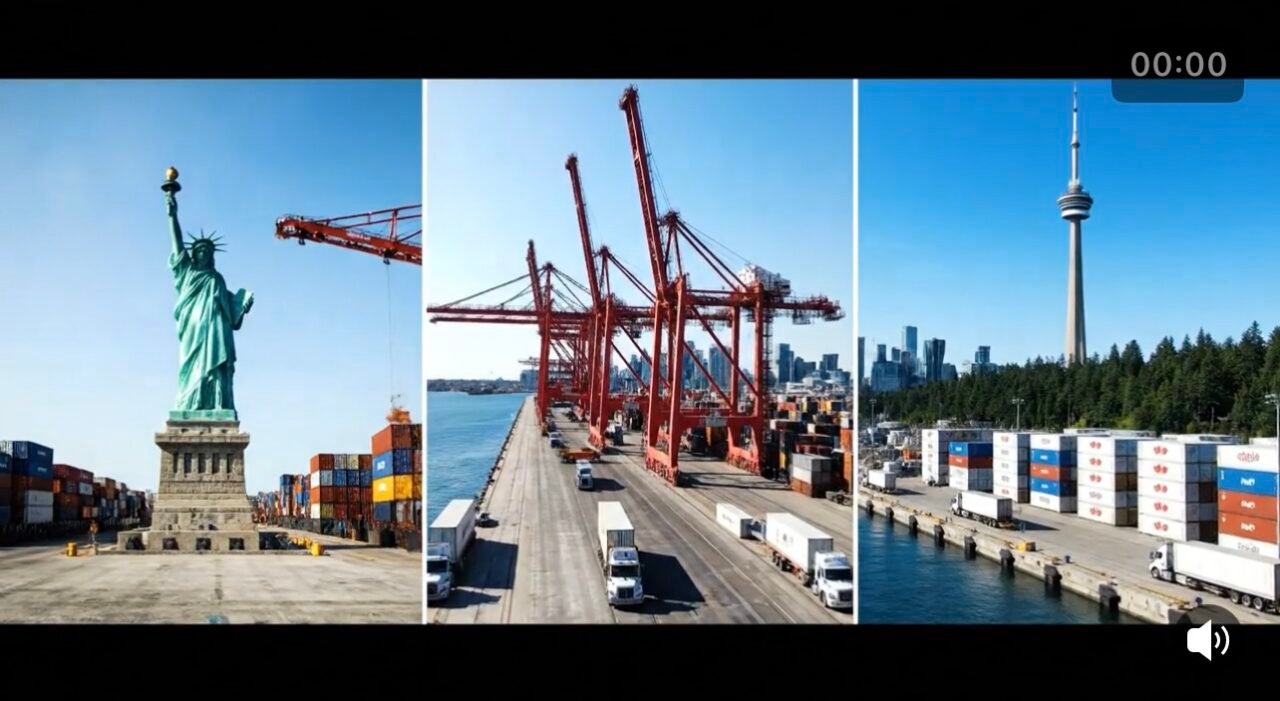For anyone looking to import quartz slabs into the UK, understanding the Harmonised System (HS) code is not just a regulatory necessity—it’s a critical component of a successful and cost-effective import strategy.
The HS code, an internationally recognised numerical classification system, determines everything from the customs duty you’ll pay to any specific licences or regulations your goods must adhere to. Getting it wrong can lead to costly delays, fines, and even seizure of your goods.
- Chapter (First two digits): The broadest category. For quartz slabs, the relevant chapter is 68, which covers “Articles of stone, plaster, cement, asbestos, mica or similar materials.” This chapter groups together a wide range of products that are, for the most part, made from mineral substances.
- Heading (First four digits): This narrows the category down. Within Chapter 68, the most common heading for artificial stone products like quartz slabs is 6810, which specifies “Articles of cement, of concrete or of artificial stone, whether or not reinforced.”
- Subheading (First six digits): This provides further detail. For example, a common subheading for artificial stone is 6810.11, which often refers to tiles, paving flags, and similar articles. Another possible subheading is 6810.19, for “other” articles of concrete, cement, or artificial stone.
- UK-Specific Codes (10 digits): In the UK, the tariff code extends to 10 digits to provide the most precise classification. This is where the specific duty rates and any additional measures are defined.
- Customs Duty and VAT: The primary function of the HS code is to determine the rate of customs duty. A misclassified product could be subject to a much higher or lower duty rate than what is legally required. This can lead to unexpected costs or, if you underpay, fines and back-dated duty demands. The code also influences the basis on which import VAT is calculated.
- Licensing and Restrictions: Some products, based on their HS code, may require import licences, health and safety certificates, or other specific permissions. Misclassifying a product can lead to its detention at the border if the necessary paperwork is not in place.
- Anti-Dumping and Trade Remedies: In a global market, trade authorities can impose additional duties on products from certain countries to counter unfair trading practices (e.g., anti-dumping measures). The HS code is the tool used to apply these tariffs, so an incorrect code could exempt you from a valid tariff or subject you to one that doesn’t apply.
- Statistical Data: For government bodies and trade organisations, the HS code is a vital source of data on global trade flows. Accurate classification contributes to reliable trade statistics and economic analysis.
- Use the UK Government’s Trade Tariff Tool: The most reliable way to find the correct code is to use the official UK Integrated Online Tariff. This free, searchable tool allows you to input keywords and navigate the classification system to find the correct 10-digit code.
- Consult a Customs Broker: For complex products or significant import volumes, engaging a professional customs broker is a smart investment. They have expertise in tariff classification and can provide a legally binding opinion on the correct HS code for your goods.
- Request a Binding Tariff Information (BTI) Ruling: For a definitive, legally binding classification, you can apply to HMRC for a BTI ruling. This is an official decision on the correct HS code for your product, which is valid across the EU and the UK for a set period.
In conclusion, the HS code for quartz slabs is more than just a number; it’s the foundation of a legal and efficient import process. By understanding the classification system and using the right tools and expertise, you can ensure a smooth journey for your goods from the factory to your warehouse.
Quartz Trader, is a UK based company with a US office which specializes in the importation of quality Quartz slabs from throughout the world to Canada 🇨🇦, USA 🇺🇸, UK 🇬🇧 and Ireland 🇮🇪. Speak to our team about your Quartz Slabs requirements by contacting us.
#QuartzSurfaces #CanadianDesign #KitchenDesign #BathroomRenovation #CommercialInteriors #ConstructionCanada #HomeRenovation #InteriorDesign #SustainableBuilding #quartztrader

